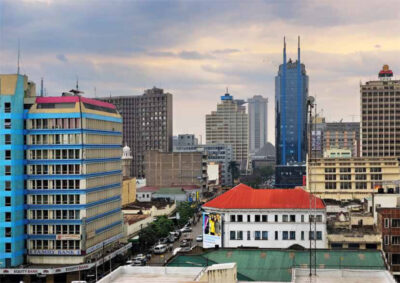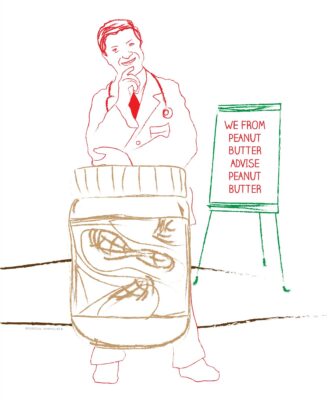
Urban Health
Editorial
One in two and ‘flying toilets’
You will read it throughout this edition of MT: one in two world citizens lives in an urban environment. Globalisation has taken industries and technologies to all corners of the world, a process which took place in a rapid speed. Whereas it took London roughly some 130 years to grow from 1 to 8 million people, in Seoul it happened in only 25 years, as the WHO describes in the ‘Hidden cities’ report(1). Startling statistics. Even more startling is the fact that in between skyscrapers and flyovers, one third of the urban population lives in urban slums and shantytowns. Close to 1 billion people. The trend is not likely to slow down. It is estimated that in 2050 seventy per cent of the world population will live in an urban environment. (WHO, 2010) While urban life offers plenty of opportunities, to many urban life equals sheer survival in facing a long list of potential hazards and health risks, such as food and water problems, crowed housing situations, air pollution and not to forget congested traffic. In this edition of MT, the lens is placed on urban health. It is a prelude to the upcoming annual symposium of the NVTG, this year organised in conjunction with Public Health Service Amsterdam (GGD) and the Royal Tropical Institute (KIT), taking place on the 16th of October in Amsterdam. Maarten Dekker interviewed Arnoud Verhoeff, professor of Urban Health and Health Care, who in his keynote will focus on the differences in urbanisation in high- and low-income countries and the effects of urbanisation on public health and health care. The importance of a multi-sectoral approach in improving urban health is presented in Yme van den Berg’s report on the KIT short courses on Urban Health, where masters students visited slum environment in Nairobi and for the first time encountered the phenomenon of ‘flying toilets’. Specific data on what actually happens within a slum are difficult to obtain. In this edition of MT, George Kimathi and colleagues intend to fill this gap by presenting the results of a quasiexperimental study on the effect of an intervention programme in the urban slum Kibera. Children can become ‘agents of change’ as this programme on improving the health and hygiene situation of children in one of the world’s ‘famous’ slums illustrates. Consult Online in this edition deals with complications of an ulcerating head wound being treated at a clinic in Sierra Leone. Previous treatment with native herbs proved only a temporary measure. The Tanzanian doctor Chirangi explores in his PhD research the interface between traditional and modern medical practitioners. Seen from an African perspective he portrays traditional remedies amidst present-day realities in health care. Visser’s medical historical note takes us to the Second World War where Indonesian doctors in remote areas and Dutch doctors in the Japanese camps used coconut water for intravenous therapy. Clearly not an ideal solution, but may serve its use in urgent situations when no other supplies are available. Borgstein takes us to the future, portraying a bleak picture of ‘health for nobody’ by the year 2050; a time in which the urban dwellers may no longer be able to admire the sunset. The column inspires to address the triple threat of ‘infectious diseases, non-communicable diseases and injuries and violence’, or according to Borgstein the real triple threat of ‘insufficient food, water and clean air’. Threats that already spoil the daily sunset of many urban dwellers today, and unless we act now, these threats are not likely to dissolve into (polluted) air.
Esther Jurgens





















































